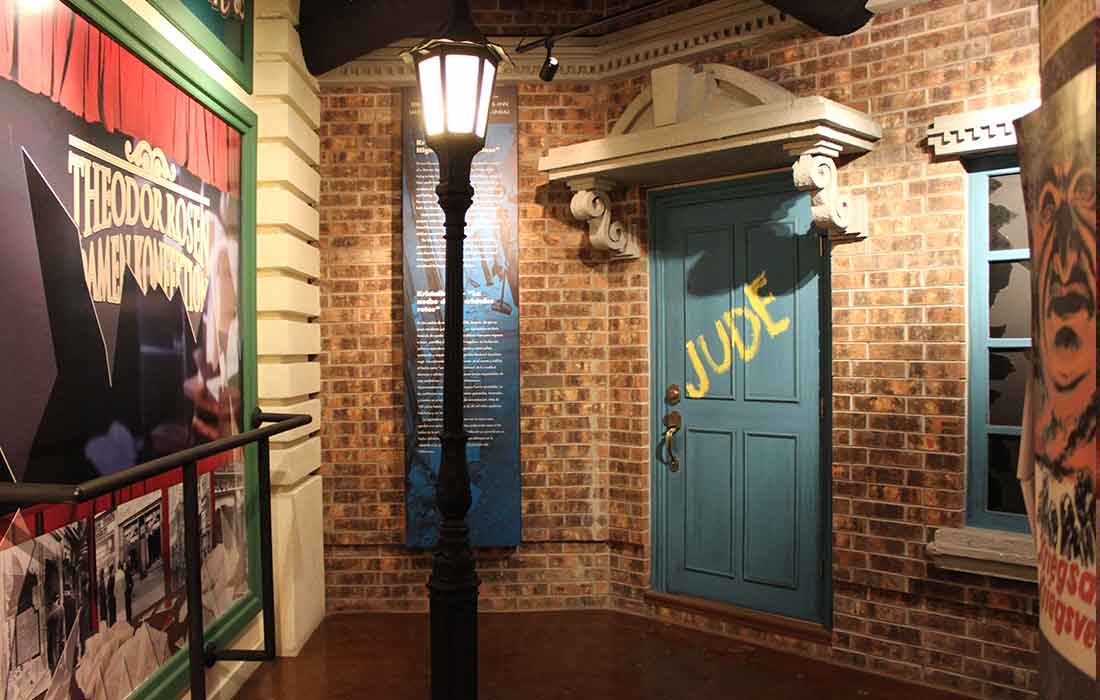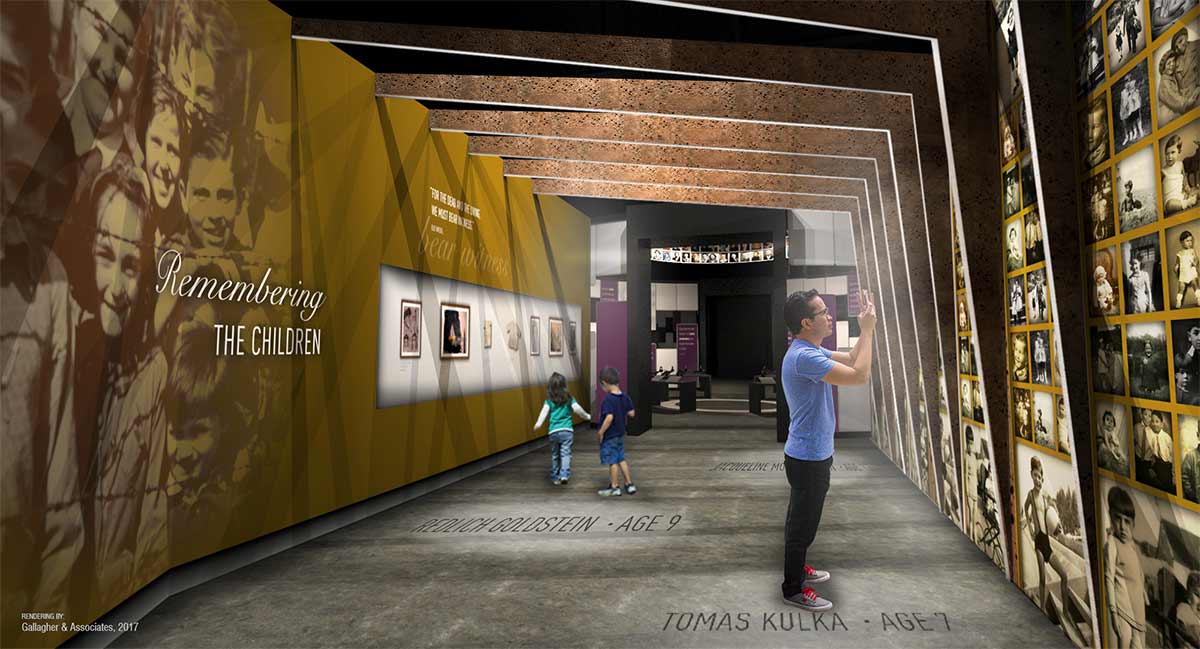

Any extraordinary financing for the object’s acquisition, care and storage must be arranged and approved prior to acceptance. Because of its responsibility to maintain and preserve the object in perpetuity for the public, the Museum will accept and acquire only those items for which it can provide proper care, conservation, and storage. The Museum must be able to provide proper care for an acquired object. This use could be in the form of exhibition, research, or education. The Museum should have an anticipated use for objects acquired. The Committee may also use the following additional criteria for evaluating potential acquisitions.ĭocumentation as to origin, previous ownership, or use.

Photos of the items are also helpful for the committee to get an idea what is on offer, and their condition and suitability for display. For instance, it would be helpful to know where and when your family collected the items, who they acquired them from, and any personal family connections to the objects. To help the committee to make its decision, we need to know as much as possible about the items on offer. The object belonged to, or is representative of, Holocaust victims’ post-war efforts to locate family members. The object belonged to, or is representative of, WWII refugees, post-war Jewish immigration, or post-war efforts by Jewish people to return to their native countries. The object is related to anti-Nazi resistance groups or efforts to conceal and/or rescue Jews from the Nazis and their allies. The object is related to a Ghetto, Work Camp, or Killing Center used by the Nazis, or their allies, during the Holocaust for the imprisonment and/or murder of Jews or other groups of people deemed dangerous by the Nazis. The museum must exercise reasonable diligence to ensure that all items have been collected or acquired in a legal and ethical manner. Objects suspected of being Nazi-confiscated will not be accepted as they may be subject to the Holocaust Expropriated Art Recovery (HEAR) Act. If the object was owned by a victim of the Holocaust, it must be donated by, or purchased directly from, the victim or their heirs. The object was owned by a victim of the Holocaust, their families, or is representative of items owned by Holocaust victims. The object is representative of some aspect of Jewish life, typical of the period between 1918 to 1950. These, along with all the artifacts preserved in the Collection, play a key role in our ability to preserve the memory of the Holocaust.Objects accepted into the collections from individuals, organizations or museums must meet at least one of the following criteria: Only a small number of artifacts could be displayed in the permanent exhibition of the Holocaust History Museum at Yad Vashem. The great diversity of artifacts that have survived the Holocaust include personal effects and objects that served families or communities some show fine craftsmanship while the simplicity of others attests to the difficult conditions under which they were created. The Artifacts collection includes thousands of artifacts that have been collected throughout the existence of Yad Vashem. The many and varied artifacts displayed along the path of the Museum demonstrate and highlight the personal stories of Jews who lived under Nazi occupation in Europe and North Africa during the Holocaust. The Holocaust History Museum tells the story of the Holocaust from a distinctive Jewish point of view using authentic artifacts, documents, testimonies, film footage, diaries, letters and artworks, emphasizing the personal stories of the victims of the Holocaust.


 0 kommentar(er)
0 kommentar(er)
